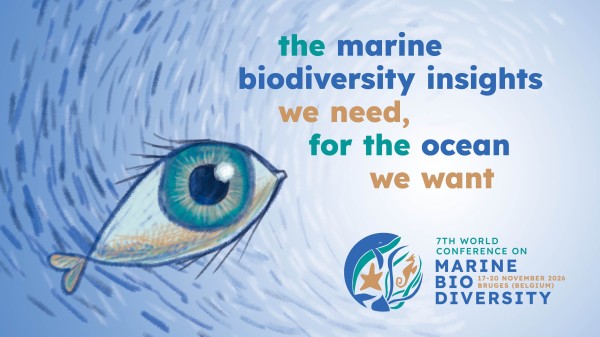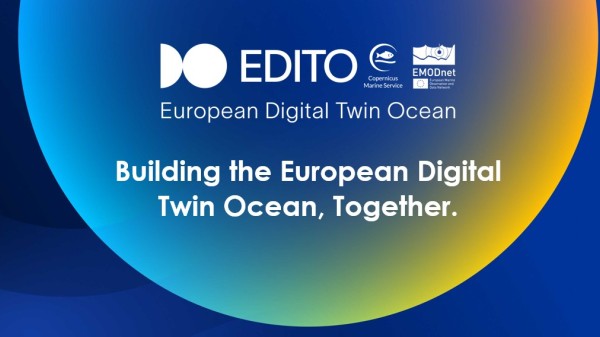Last month, the uncrewed vessel USV Gobelijn carried out the very first multi-day uncrewed mission in Belgian Part of the North Sea. This important milestone in the future of uncrewed marine operations in Belgium was made possible thanks to a strong and open partnership with the FPS Mobility and Transport, the Agency for Maritime and Coastal Services (MDK), the Joint Nautical Authority (GNA), Maritime Robotics, and the research vessel Simon Stevin.
USV Gobelijn in the Visserijdok in Ostend (VLIZ)
On 8 May, USV Gobelijn set off from the port of Ostend to the Oostdyck anchorage area for a mission lasting several days. Its task was to map fault lines on the seafloor using a special acoustic instrument. The data collected will help scientists understand how these underground cracks might affect the building of new wind farms in Belgian waters. This research is part of the Clay Tectonics project, a collaboration between VLIZ, Ghent University (RCMG), and the Vrije Universiteit Brussel (OWI-lab), funded by VLAIO through the Blue Cluster.
What made this mission especially unique is that it was the first time an uncrewed vessel operated at night in Belgian waters. Up until now, uncrewed missions were only allowed between sunrise and sunset. Thanks to close cooperation between FPS Mobility and Transport, MDK (including the Maritime Rescue and Coordination Centre in Ostend and the shipping guidance service), and VLIZ, the rules were updated. Now, with certain safety measures in place, these vessels can also run overnight. This brings major benefits: the vessel can work longer without returning to shore every day, saving both time and energy.
Controlled remotely from a land-based centre, USV Gobelijn carried out the mission with support from the Simon Stevin research vessel. While the small and agile Gobelijn followed precise measurement routes, Simon Stevin carried out extra tasks like collecting sediment cores from the seafloor. Operations like this are transforming marine research — making it faster, more efficient, and better use of staff and equipment. More missions are planned, and in the future, VLIZ aims to run uncrewed missions without needing a support ship nearby.


